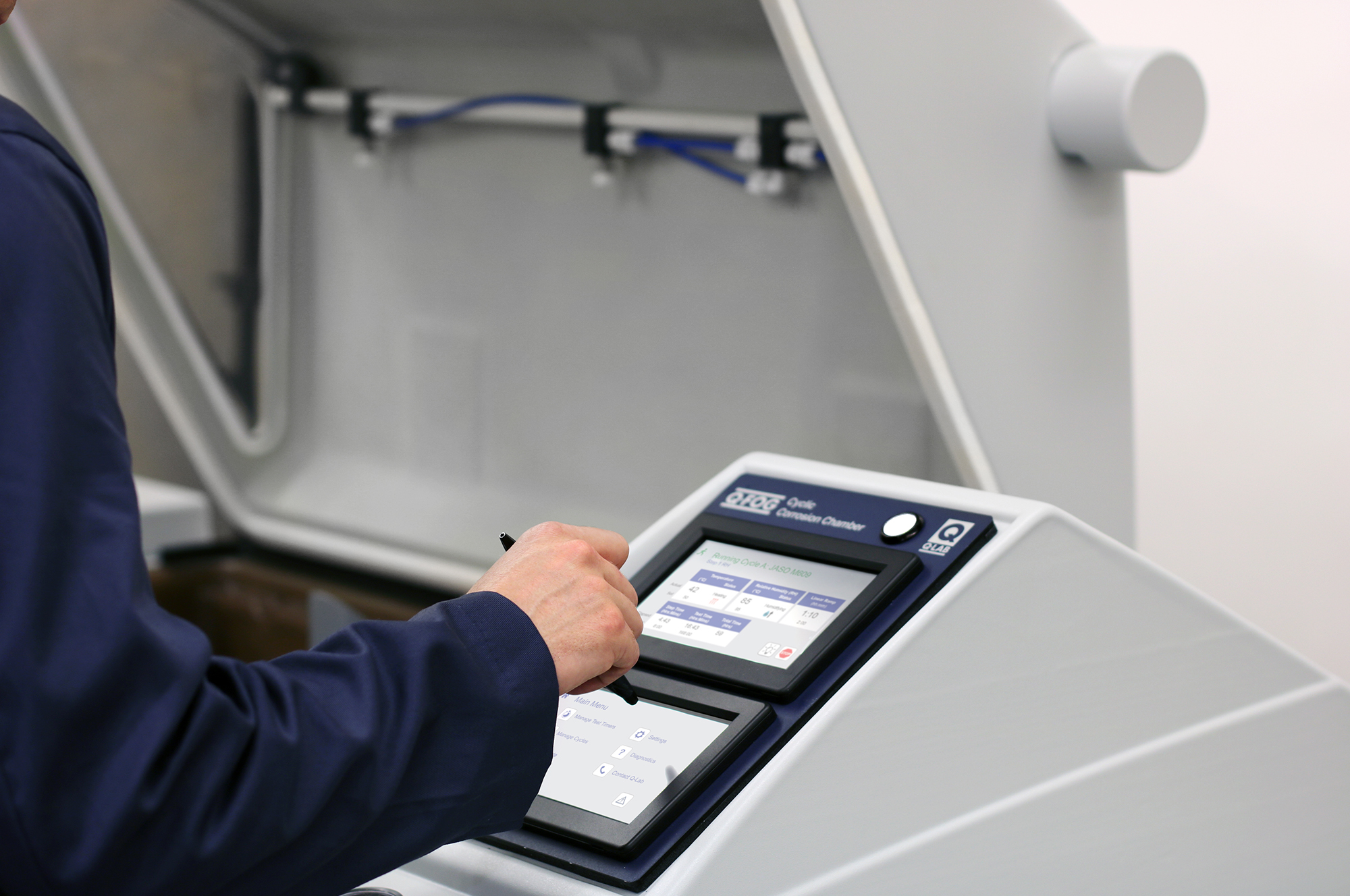
- #Q lab 4 Patch
- #Q lab 4 software
A powerful new template system for Network cues.We also added NDI input and output and improved support for Hap and Hap Alpha. A completely new video engine, built on Metal, which brings new video effects, multiple video effects per cue, per-cue blend modes, and a nice little performance improvement.
#Q lab 4 Patch
A new audio patch system, more flexible routing options for Mic cues, support for zero-count slices, a linear curve option for integrated fades, and always-on meters in audio effects. A multiuser collaboration system which allows multiple people on multiple Macs to work together, live and in real time. You can also overlay titles, use live video input from various devices, including Blackmagic devices, handle multiple video surfaces, apply fade curves, slice files, use markers and use external video effects. QLab comes with support for 48 output and 24 input audio channels, intuitive audio waveform editing, customizable playback rate with pitch adjustment, video and audio faders, animation tools, Matrix mixer, audio and video effects, Syphon integration, keystone correction and corner pinning. Support for Blackmagic device input, as well as various types of video surfaces and a host of other similarly powerful tools Thanks to the Warnings panel you can check your list and view all encountered issues. When you are happy with your Cue List, you can give it a try and hit the “Go” button to preview your show. What is more, you can build multi-computer designs and send commands to multiple QLab systems connected to the same local network. User-definable scripts and numerous video and audio effectsĪfter getting familiar with the basics, you can step up your game and become a power user by using complex features like scripting, multi-projector edge blending, video corner pinning and audio localization. Once you dragged and dropped your files you can start adding commands to fade in and fade out the volume, animate videoclips and apply various video and audio effects. QLab comes with numerous building blocks, also known as “cues”, that can help you design your stunning multimedia performance with just a few mouse clicks. QLab’s user-oriented interface helps you design and handle your multimedia content from within a smooth-running and personalizeable workspace that allows you to manage audio, video, MIDI, OCS and more. Daniel Higgott is not affiliated with with Figure 53, LLC and macroLab has not been reviewed nor is it approved by Figure 53, LLC.QLab is a streamlined and intuitive macOS application that provides the required tools and features to create complex designs that can bring your audio and video content to life. Most macroLab features work with QLab 3, but compatibility is not guaranteed.įigure 53® and QLab® are registered trademarks of Figure 53, LLC. MacroLab is fully compatible with QLab version 4 or higher. #Q lab 4 software
The free version of the software allows for the use of 4 macros, and there is a small In App Purchase which unlocks an unlimited number of macros.

As well as remembering macro configurations between app launches, macroLab includes the ability to save banks of macros to a file, which means your macros can be shared between usersĪll features included in macroLab are available completely free! The only limitation is the number of macros which can be accessed at any one time. If you ran TouchOSC on an iPad, that could act as a touch surface for firing macroLab macros If you own a Streamdeck for example, you could use its physical buttons to trigger macros.
Remotely fire macroLab macros via OSC. For example, set a macro to create a new MIDI Cue, preset the channel and byte 1, but define byte 2 and the cue name when the macro is fired Ability to define specific values when the macro is fired. Automatically discover all QLab workspaces on the network via Bonjour, and connect with a single click. MacroLab has many powerful functions built in, here are some examples: Create a new MIDI cue in a cue list called ‘LX Cues’, with a defined device ID and cue number. Increment the value of MIDI byte 2 over all selected MIDI cues. Select all cues which are on an infinite loop. Select all cues with a name containing ‘Understudy’. Select all cues which have audio routed to an output called ‘Subs’. Here are some examples of macros which could be created in macroLab: There are over 130 unique parameters built into macroLab, which you can use to build your macros. 

Macros can be used to batch edit cues, or perform selections within your workspace. Streamline your QLab programming workflow with macroLab.Ĭreate fully customisable macros to manipulate cues in your QLab workspace.







 0 kommentar(er)
0 kommentar(er)
